WKU community responds to injustices with die-in
December 10, 2014
Students, faculty and Bowling Green community members clad in black gathered in Downing Student Union.
The group congregated in front of the Big Red statue on Wednesday morning, waiting for the clock to strike 11:30.
Their mission was to make a statement against racial injustices, particularly in the light of Ferguson protests and last week’s non-indictment of a cop accused of killing Eric Garner in New York City.
“We are now initiating our peaceful student protest,” an organizer said. “Students, stand your ground.”
And with that, protestors took to the floor, laying down with signs reading “#BlackLivesMatter,” “Mike Brown RIP” and “I can’t breathe.”
A passerby took in the scene heading through the building, and turned to ask his friend “What the hell is going on?”
Elizabethtown graduate student Andrea Denise Daniels helped organize and coordinate the event. She said volunteers spread the word about the die-in over four days, and no one could predict the number of protesters who could show up in support.
“It’s not a university event,” Daniels said. “It’s students coming together as individuals to bring light to this issue. Our lives matter and our voices need to be heard.”
For St. Louis native Karlos Harbor, the protest was especially meaningful.
“This is really done to personalize the issue, to send a message to the community and the nation that black lives matter, and they should be respected and treated as any other lives,” the senior said.
Daniels said the protest represented something “bigger than Mike Brown, bigger than Eric Garner.”
“People regardless of color are suffering from a faulty justice system that is failing them,” she said.
In the wake of two divisive acquittals, protesters wanted to make one thing clear.
“We matter no matter what color or creed we are,” Harbor said.
Junior Autumn Sandlin heard about plans for the protest in her gender and women’s studies courses.
“I really felt like I needed to come and show support,” she said. “This is about injustice, really. I’m white but I know that people need my support to get their voices out there because we’re all human.”
Sandlin then took a seat with the protesters, adding to the growing number of participants.
The die-in followed a rising trend of the protest form. Last month, San Francisco State University students fell to the ground during a ‘hands up, don’t shoot protest’ of Ferguson injustices. Groups throughout New York City responded to the Garner case with chokehold protesting, grabbing their necks before falling to the ground.
Passersby stepped over the bodies spread out near the information helpdesk. Curious observers leaned over the second-story railing to the floor below, reading the signs in the hands of protesters.
An hour into the protest, the body count on the floor had grown from roughly 80 to more than 100 participants.
More people gathered to watch on the building’s steps as the space in front of the reclining Big Red slowly filled up.
Before 2 p.m., the protest moved to the intersection of University and College Heights Boulevards.
The group sat down in the crosswalk, chanting “Hands up! Don’t shoot” while four Bowling Green police cars blocked traffic.
Bystanders gathered on adjacent residence hall lawns and car lots to watch.
Howard Bailey, vice president of Student Affairs, said he was “disappointed” with the decision to move the protest onto a public highway.
“It was frightening, particularly with that number of students,” he said. “They could’ve gotten injured by oncoming cars. With the support and patience of the state police, Bowling Green police department and county police, we could secure the safety of those students.”
By 2:15 p.m., Daniels stood before the group to give further instructions.
“We have made enough noise, and now we will respectfully get out of the street and leave,” she said. “We will do so peacefully, showing that we do not fit a stereotype.”
With that, the protesters got up, lining the sidewalk, and began marching up the hill.

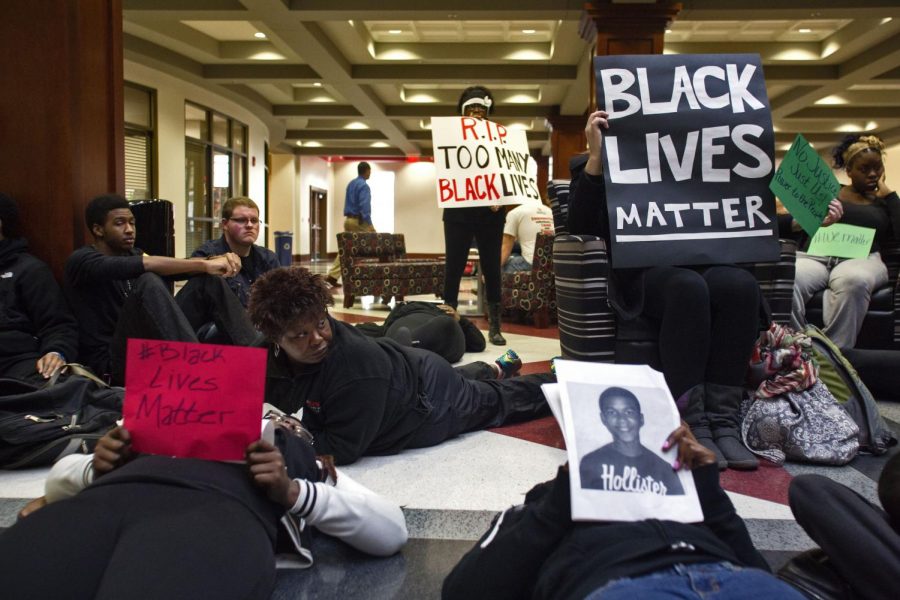








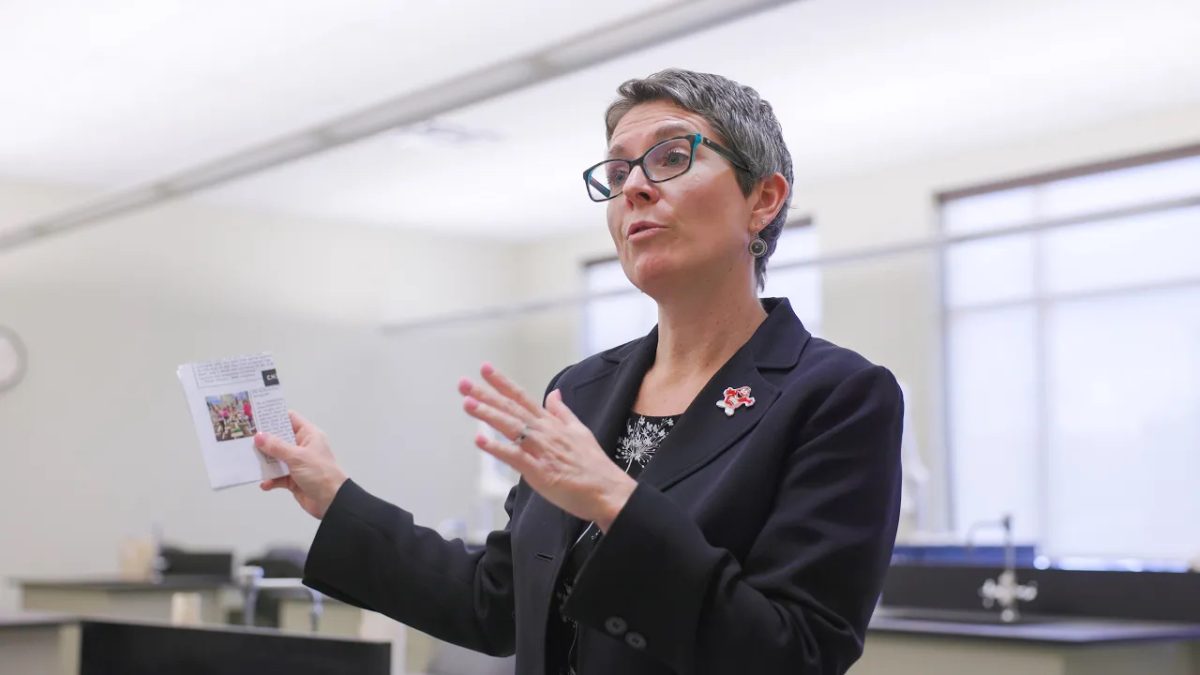
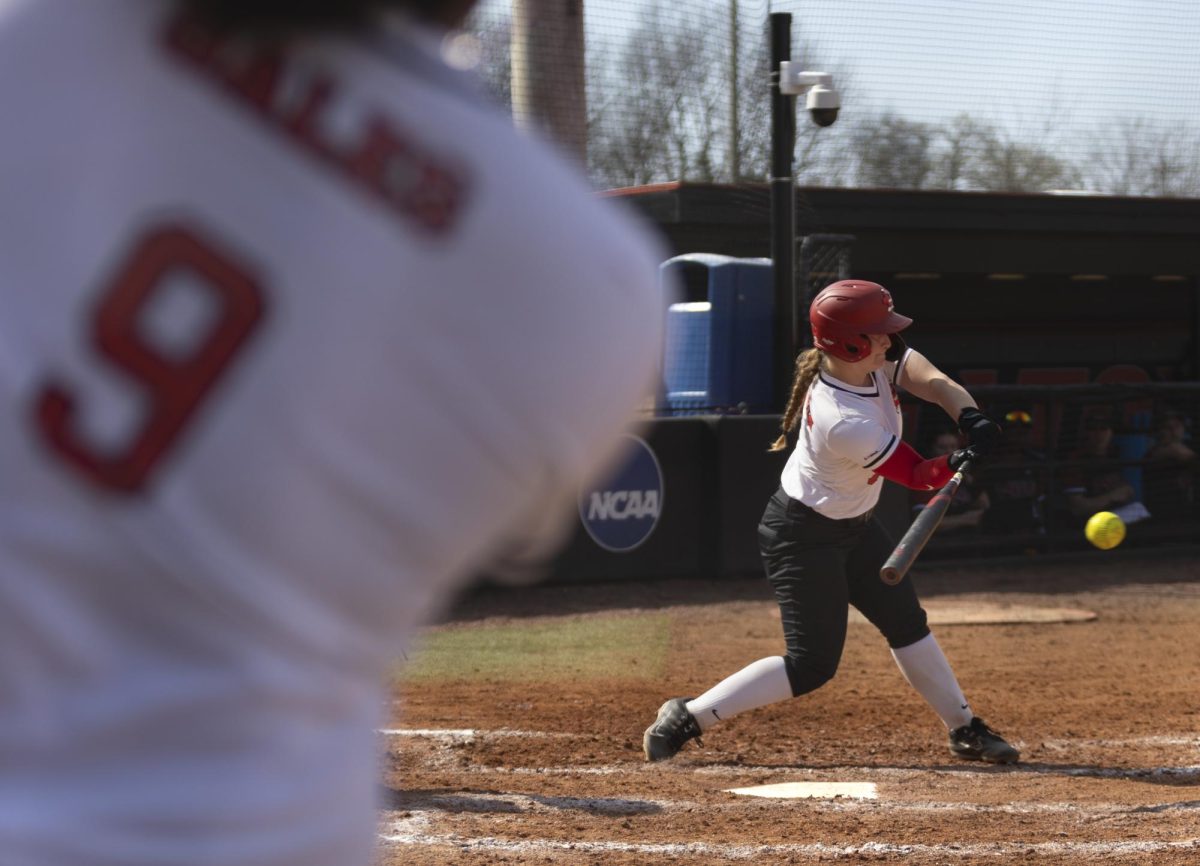
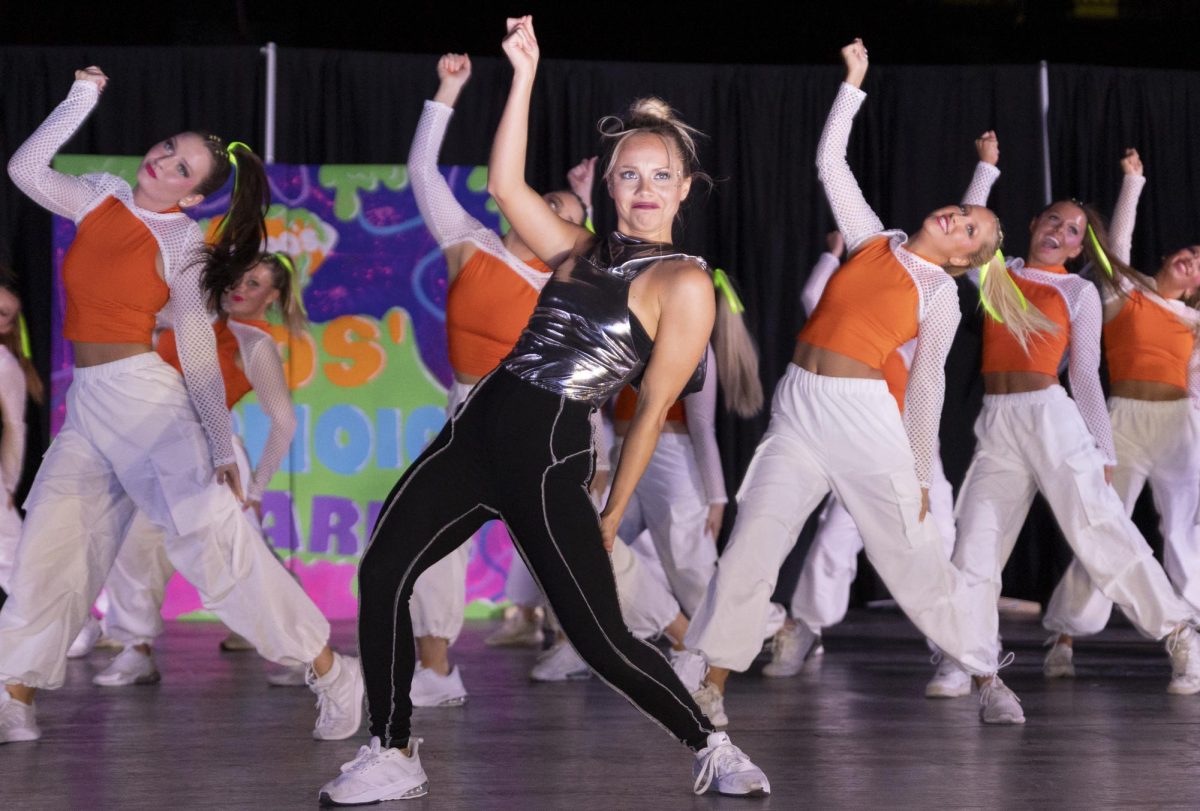

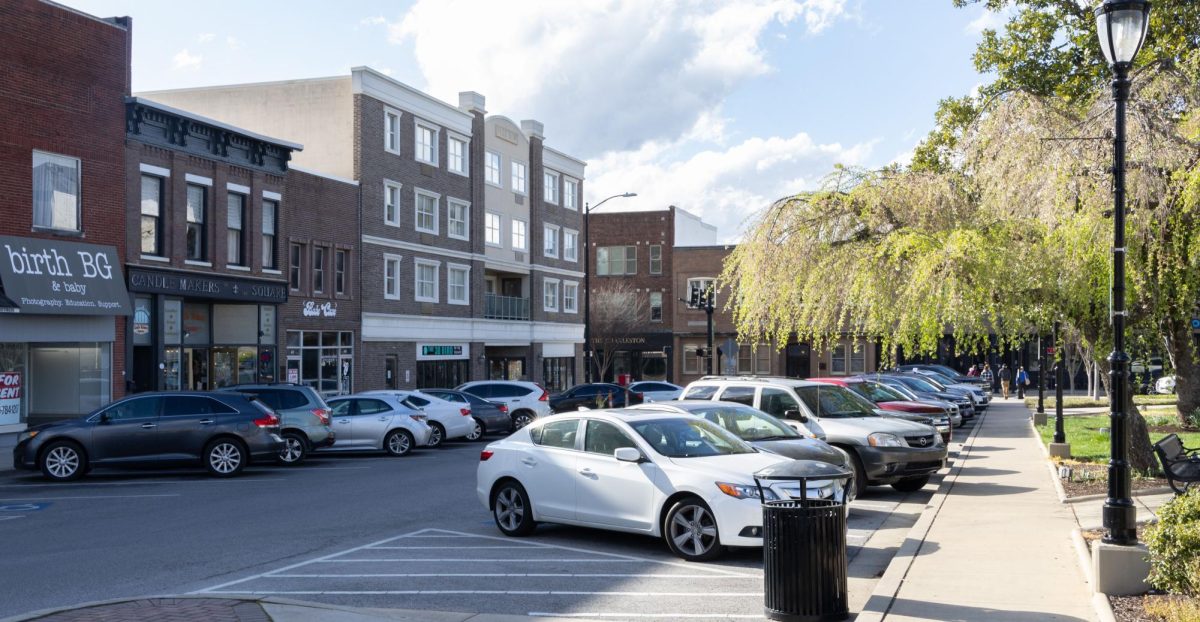





![Students cheer for Senator at Large Jaden Marshall after being announced as the Intercultural Student Engagement Center Senator for the 24th Senate on Wednesday, April 17 in the Senate Chamber in DSU. Ive done everything in my power, Ive said it 100 times, to be for the students, Marshall said. So, not only to win, but to hear that reaction for me by the other students is just something that shows people actually care about me [and] really support me.](https://wkuherald.com/wp-content/uploads/2024/04/jadenmarshall-600x422.jpg)




